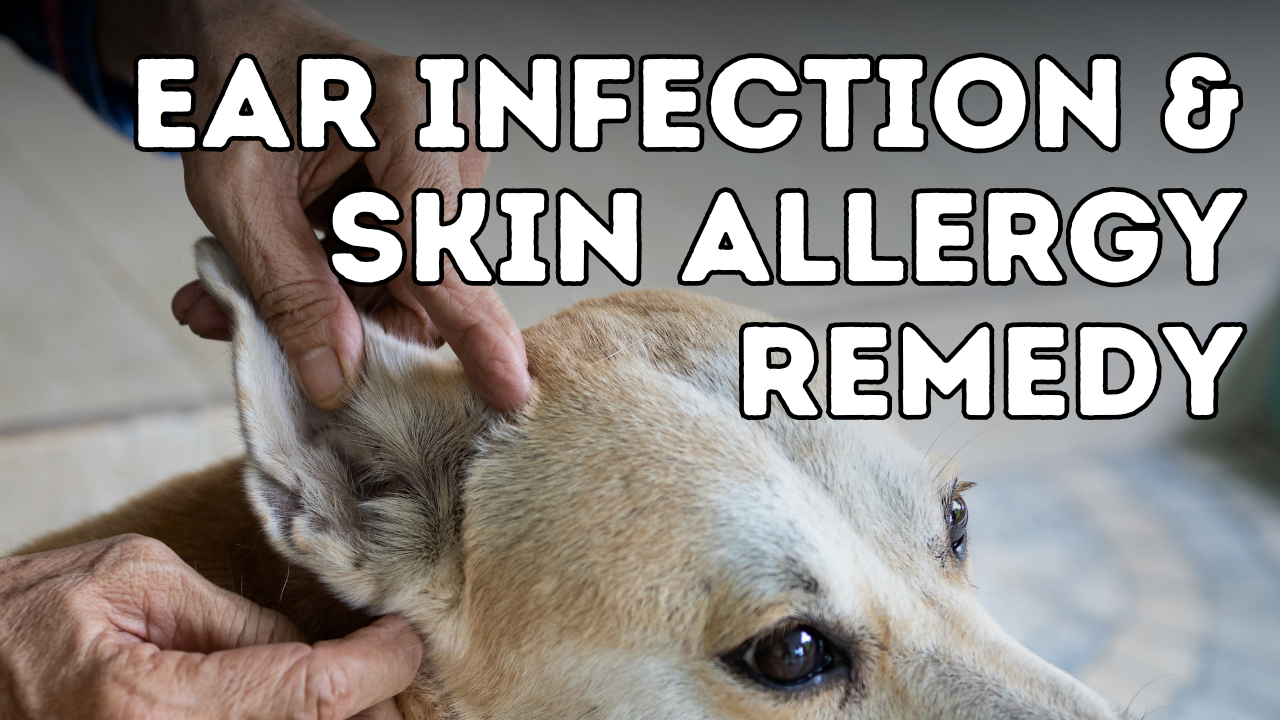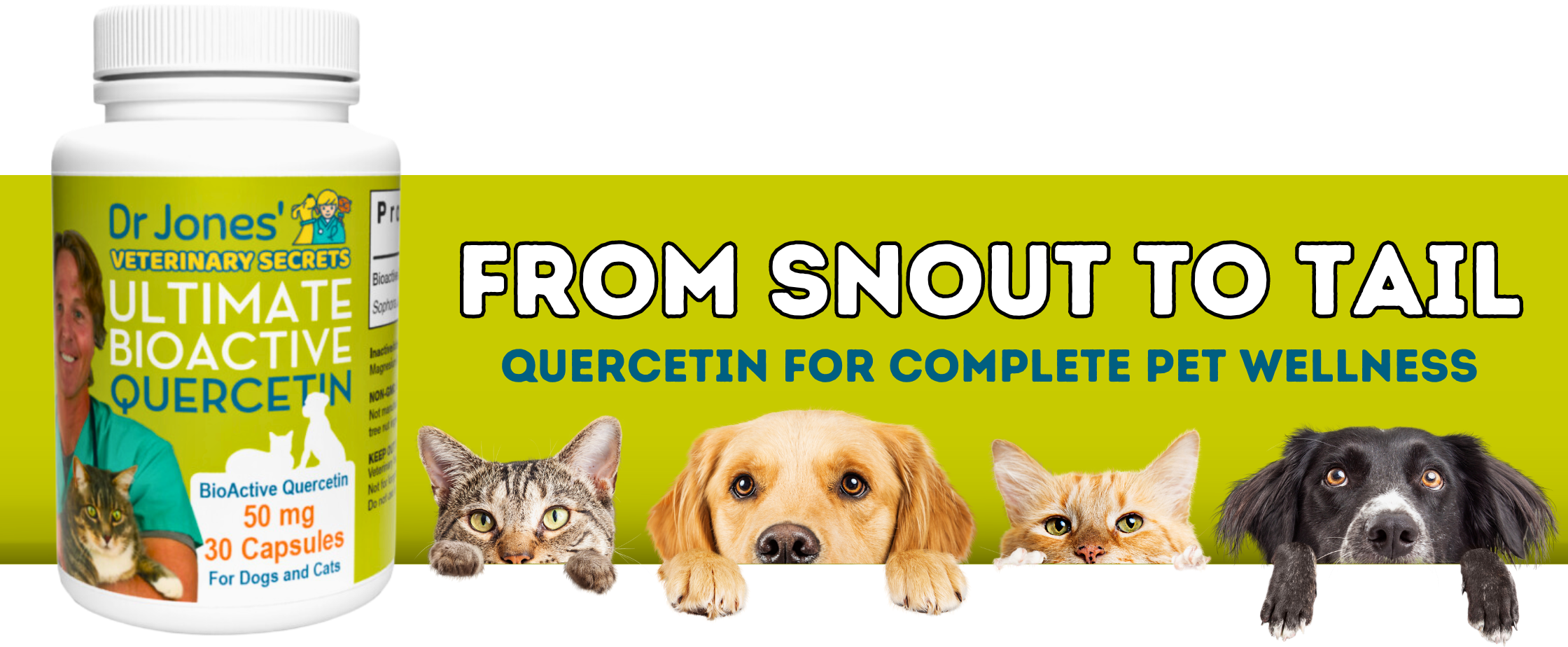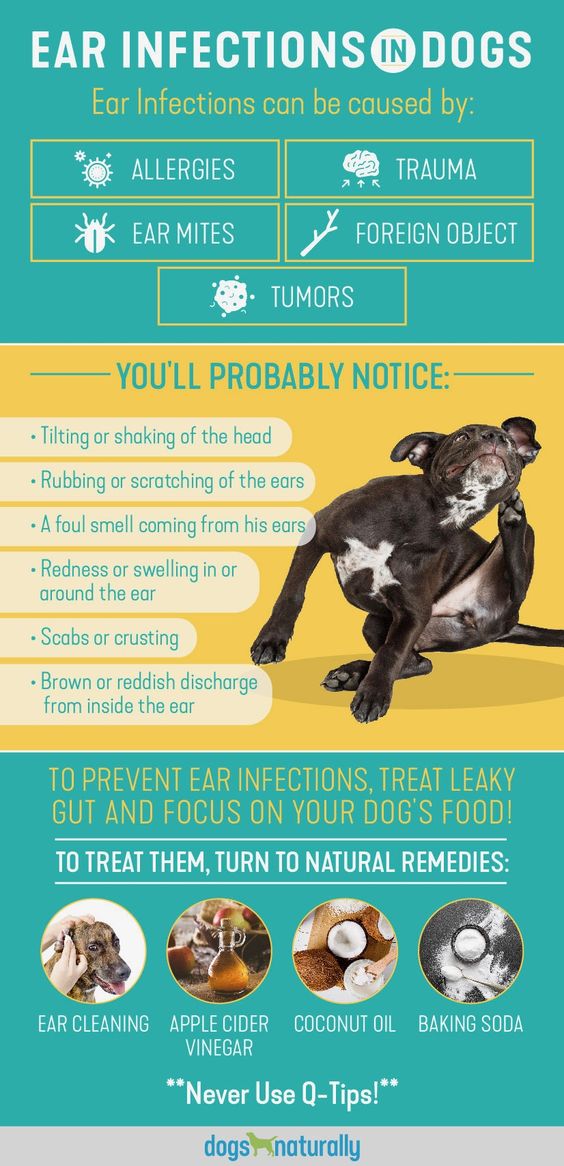How to Make a Homemade Ear Infection and Skin Allergy Remedy for Pets

If I could have a penny for every time someone asked me about their allergic dog, I would have…
1 MILLION pennies!
Which equates to $10, 000, and that would be nice to have 🙂
The point being here is not my lack of pennies, but just HOW common this is.
There is one bioflavonoid in particular which has proven to be especially beneficial for animals with ear infections and skin allergies.
It is Quercetin, and we just so happen to have our own anti-itch natural antihistamine…
Quercetin is a powerful antioxidant with antihistamine, anti-inflammatory, and antiviral properties. Our is here:
Dr. Jones’ Ultimate BioActive Quercetin for Dogs and Cats


New DIY Ear Infection and Skin Allergy Remedy
Allergies are a common issue in pets, and they often manifest through inflammation, which is the root cause of most allergic reactions. This includes ear infections, as the ears are essentially an extension of the skin and thus, a direct reflection of underlying allergic conditions.
One of the most prevalent secondary complications in pets with allergies is the overgrowth of yeast, either in the ears or on the skin. Indeed, yeast is typically the primary organism responsible for the itching associated with most canine ear infections.
I’m excited to share a new DIY remedy that incorporates two over-the-counter medications commonly found in veterinary ear treatments. This homemade solution can effectively address these issues without the need for a prescription.
Key Ingredients:
- Canesten (Clotrimazole): This is the most widely used antifungal in veterinary medicine.
- 1% Hydrocortisone: These corticosteroids are a staple in nearly all topical medications for dogs and cats, used to reduce inflammation in the ears and on the skin.
Preparation and Application
-
Mixing Instructions:
- Combine 1 teaspoon of Canesten with 1 teaspoon of 1% Hydrocortisone.
- Stir the mixture until it forms a smooth, white cream resembling cake icing.
-
For Skin Allergies:
- Apply the cream topically to the affected areas of your pet’s skin.
- Repeat this application twice daily for a period of 7-14 days.
-
For Ear Infections:
- Apply approximately 1/4 inch of the cream to the end of your finger.
- Gently seat it into the base of your pet’s ear.
- Massage the base of the ear to ensure the cream works its way down the ear canal.
- Perform this application twice daily for 5 days.
Personal Experience
I have personally used this cream combination on my own pets and have observed excellent results. It’s been particularly effective for managing recurrent ear infections and alleviating itchy, irritated skin.
Additional Recommendations
For pets suffering from chronic ear infections or skin allergies, I also recommend considering a natural antihistamine like Quercetin. My Ultimate BioActive Quercetin supplement, which contains bio-available Sophora Japonica flower extract, offers powerful antioxidant, antihistamine, anti-inflammatory, and antiviral properties, making it an excellent addition to your pet’s health regimen.
Dr. Jones’ Ultimate BioActive Quercetin for Dogs and Cats
This supplement is specifically designed to provide enhanced bioavailability compared to other forms of quercetin, ensuring your pet receives the full benefit of this natural treatment.

I sure hope your natural remedy work.I’m so tired of seeing my pup suffer it breaks my
heart.
It does work !! I use his original formula of 1 t. Of ring worm cream, 1 t hydrocortisone,& 1t of polysporam 2 times a day & use his wash prior to applying DO NOT cros contaminate !! Don’t use the same container for both ears !!! Use his wash prior to each treatment you’ll see a difference in 3 days continue for 10 -14 days wash around the ear fur to keep it clean !!
I have a one year old French bulldog.
He is constantly licking his paws and scratching his poor face to pieces.
Do I have any advice.pls help. I’m cleaning his face with hibiscus. And then putting sudocrem on it. I’m across the pond in the uk.
Excessive Paw Licking In Dogs causes
Three main possibilities: external parasites, such as fleas; food—for dogs, beef protein is the most common; environmental, from pollens to house dust mites. The immune system overreacts and causes severe itchiness.
Solutions
1. ELIMINATE the fleas. Practice regular flea control using natural methods, if possible, topical antiparasitics, if necessary.
2. HYPOALLERGENIC FOOD TRIAL. Here you are feeding a hypoallergenic diet for ten to twelve weeks to see ifyour dog or cat’s allergic symptoms stop. This is a long time, and fortunately over 80 percent of pets respond at least partially by six weeks, although Labs and cocker spaniels usually need longer trials.
3. THE SUPPLEMENT CONNECTION. Fatty acid supplements are very helpful in decreasing the level of inflammation. Omega-3 fatty acids are most important. The main point is to give a high enough dose to be effective, and the ideal dose is 1,000mg per ten pounds daily. A great, inexpensive source is flax oil; I give 1 tablespoon per fifty pounds. Other sources include primrose oil and specific veterinary supplements.
4. FEET WASHING. Regularly washing of your dog’s paws after they come in from being outside is one of the best ways to decrease the itching; this washes off the outdoor allergens. You can use a damp cloth or put your pup in the bath.
5. SOOTHE IT TOPICALLY. HERBAL CREAMS. There are a few herbs to consider topically: Licorice gel, chamomile cream, and topical curcumin. Licorice and curcumin ointment are herbal medications that has been successfully used to relieve the itch. Apply a thin coat twice daily to affected areas.
6. ANTIHISTAMINES. Benadryl is the most commonly used antihistamine. It is given at a dose of 1 mg per pound of body weight, two to three times a day. It is best to consult your veterinarian before using these medications. It often takes fourteen days of using these to see if they are helping.
7. Treat the YEAST. Yeast are often a secondary organism that grows on your dog’s skin with underlying allergies and paw licking. One option is to make your own anti-yeast wash of 1 cup of green tea, 2 tablespoons of Apple Cider Vinegar – wipe your dog’s paws with this mixture twice daily. Another option is to purchase a ‘human’ OTC anti-fungal cream such as Canesten and apply that twice daily as needed.
Dr Andrew Jones, DVM
P.S. Dog Paw Licking is often difficult to treat, and usually means ongoing treatment – in general veterinary medications such as prednisone are only stopping the symptoms, NOT getting to the underlying cause.
They also often have side effects such as Increased drinking, Increased urination – never mind less common ones such as diabetes.
The infection may be getting better, but every time I apply it, I am still getting infected material out! What is recommended to clean the infection out!
Hi, you can try these steps from this video. Hope this helps
https://www.youtube.com/watch?v=vuK5DlvJSpI
I’m so tired of paying for my dogs ears she’s a Shih Tzu Maltese, and always having problems. Every time she goes to the groomers to be groomed. I’ve told them time and time again do not touch her ears and they always do so this time that she went I forgot to remind them about her ears and you should see the mess. I’m in now. My daughter just sent me this and I’m so happy I could fix her ears with your remedies that you just showed instead of paying under $400 I can’t afford it it’s too expensive thank you thank you thank you and this remedy I have seen them use that cream in her ears so thank you thank you thank you once again
Ms Nelson